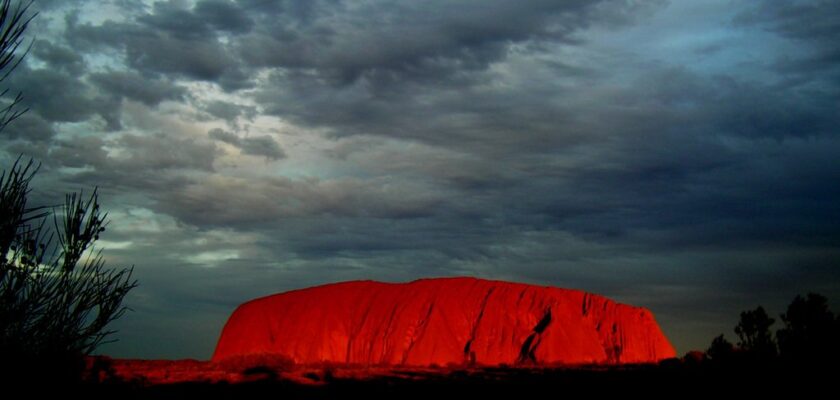Улуру (Айерс-Рок)
Uluru, also known as Ayers Rock, is a red stone monolith rising in northern Australia. It is revered by the Aborigines as a sacred site and sticks out on a flat plain like the dorsal fin of a huge red whale.
.
This mysterious peak boasts a great deal of history for every century of its many millions of years of existence. Uluru, along with the nearby Kata Tjuta (“Many Heads”) rock formation, have been part of Kata Tjuta National Park since 1977.
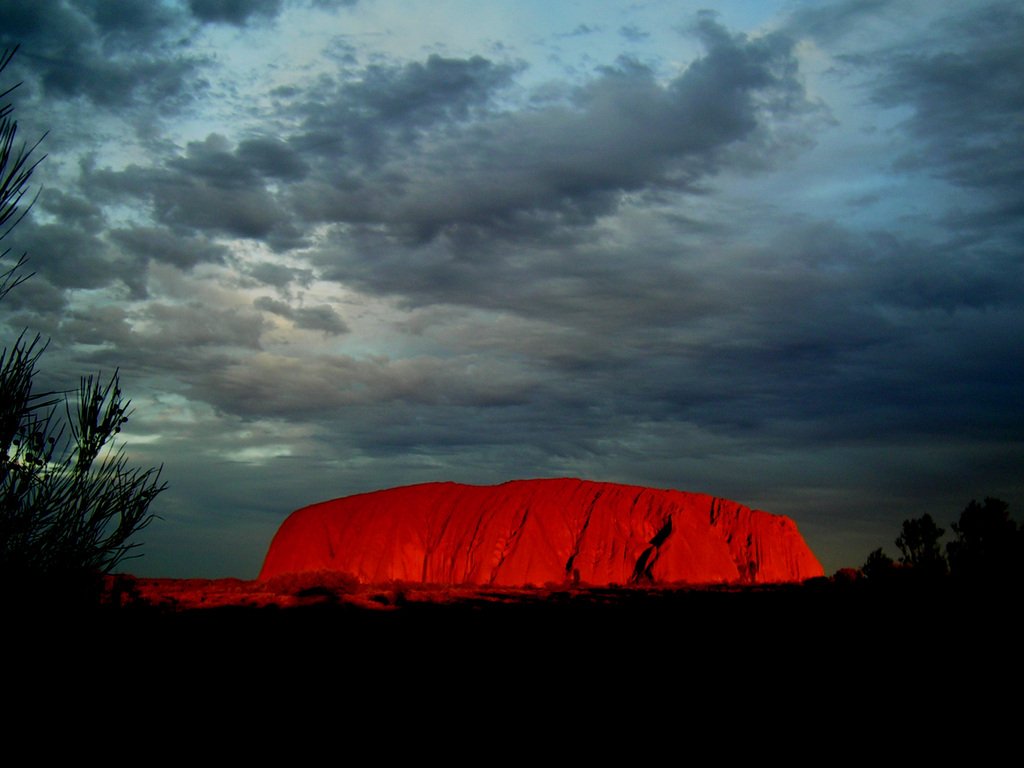
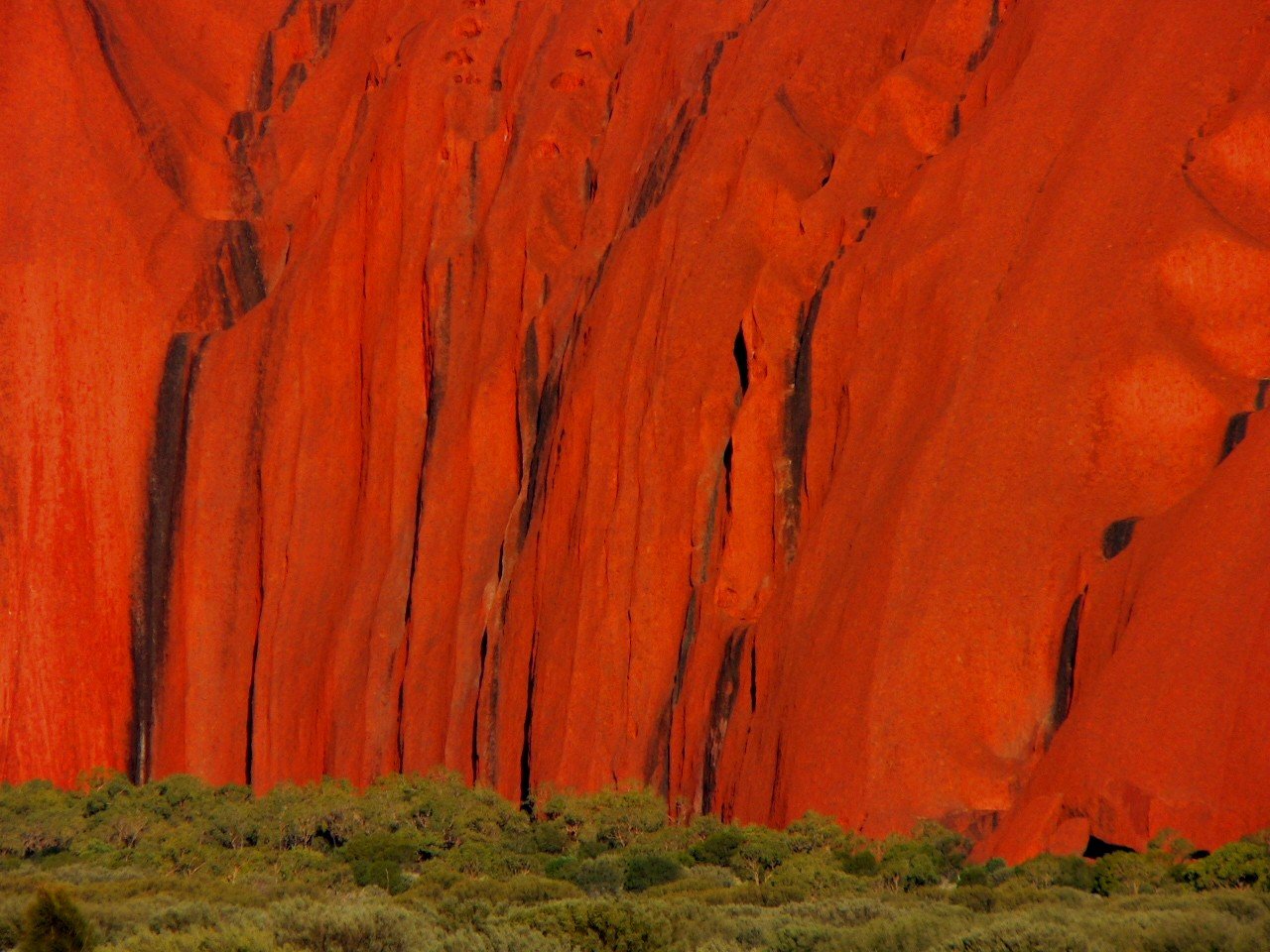
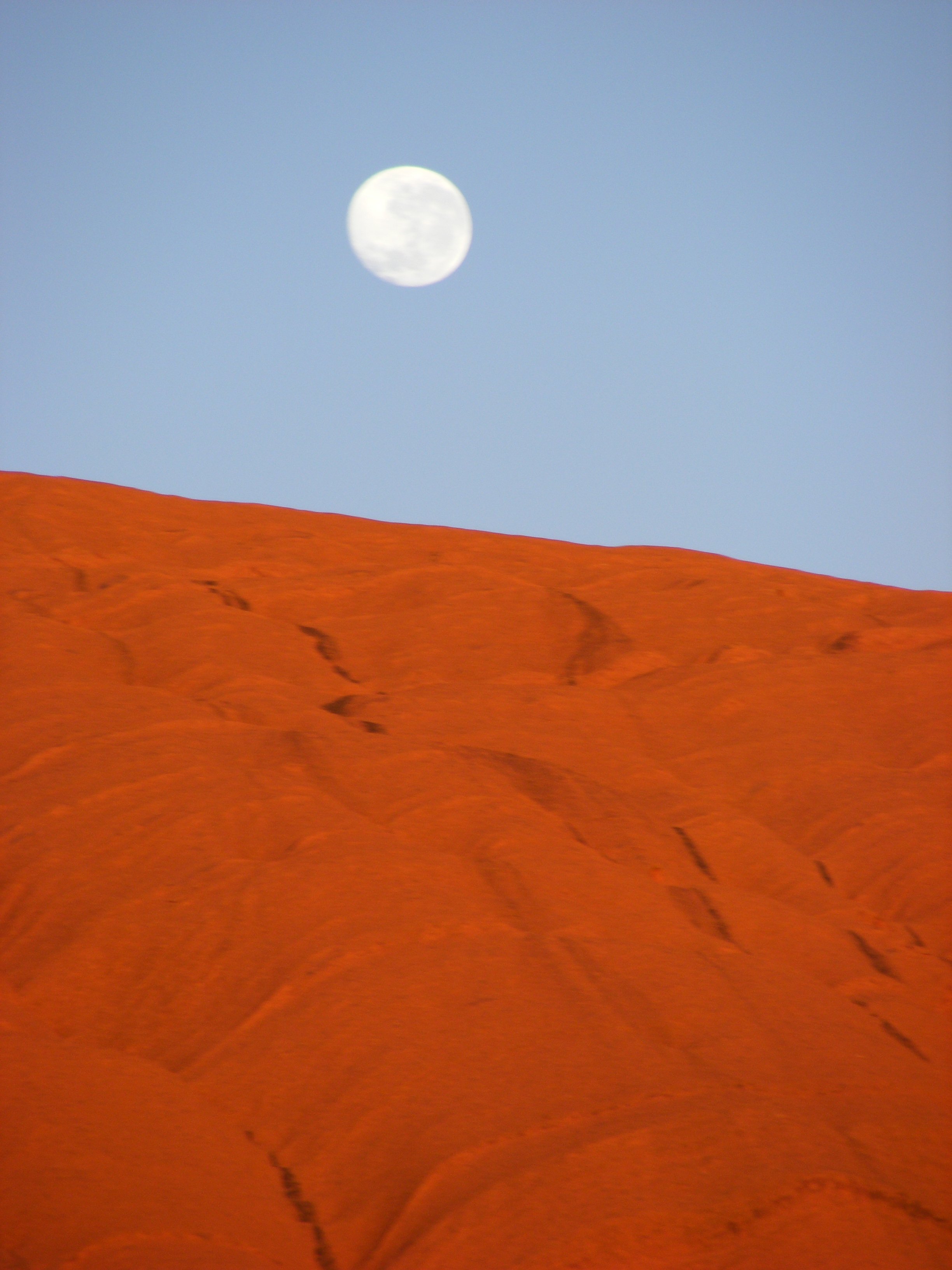
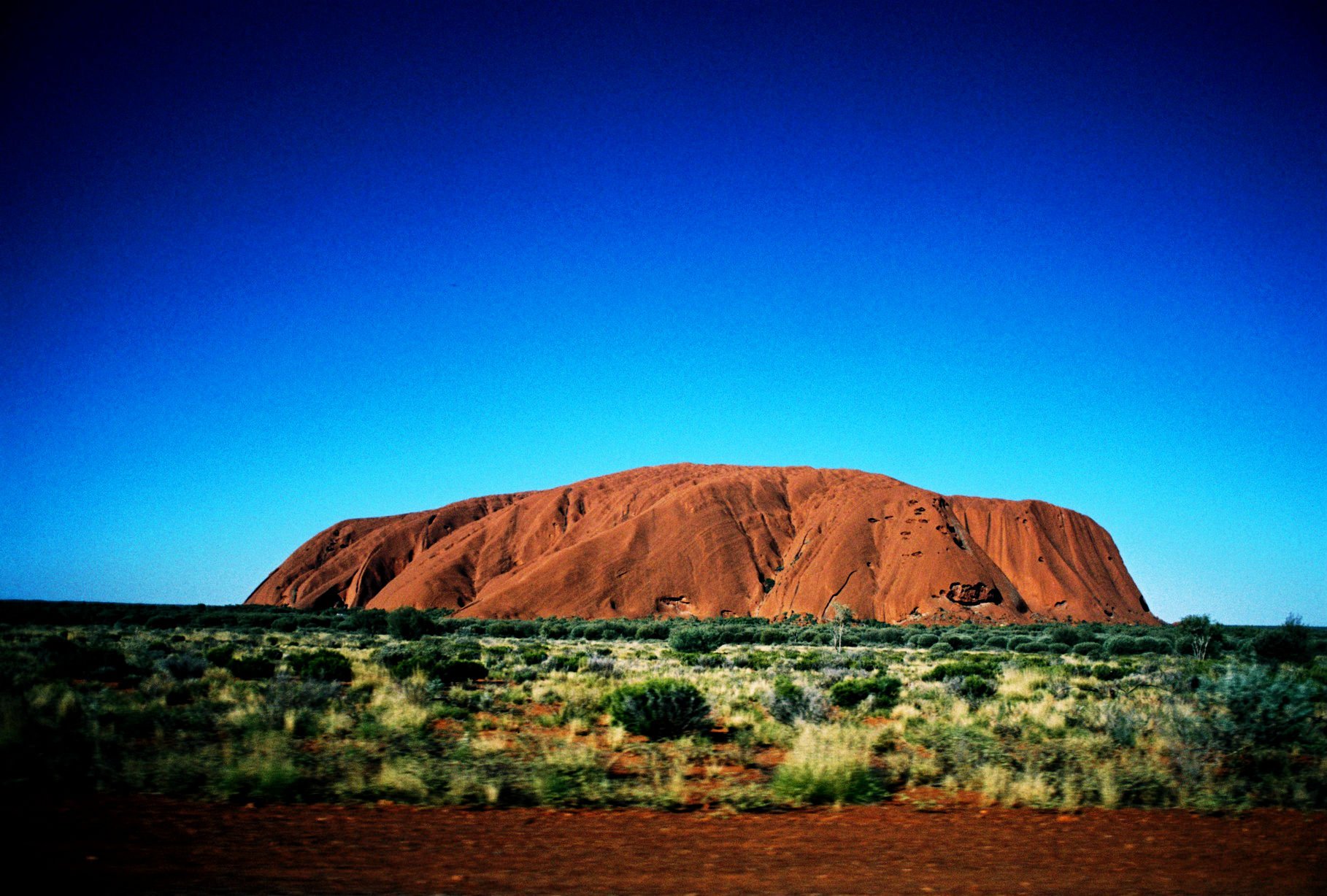
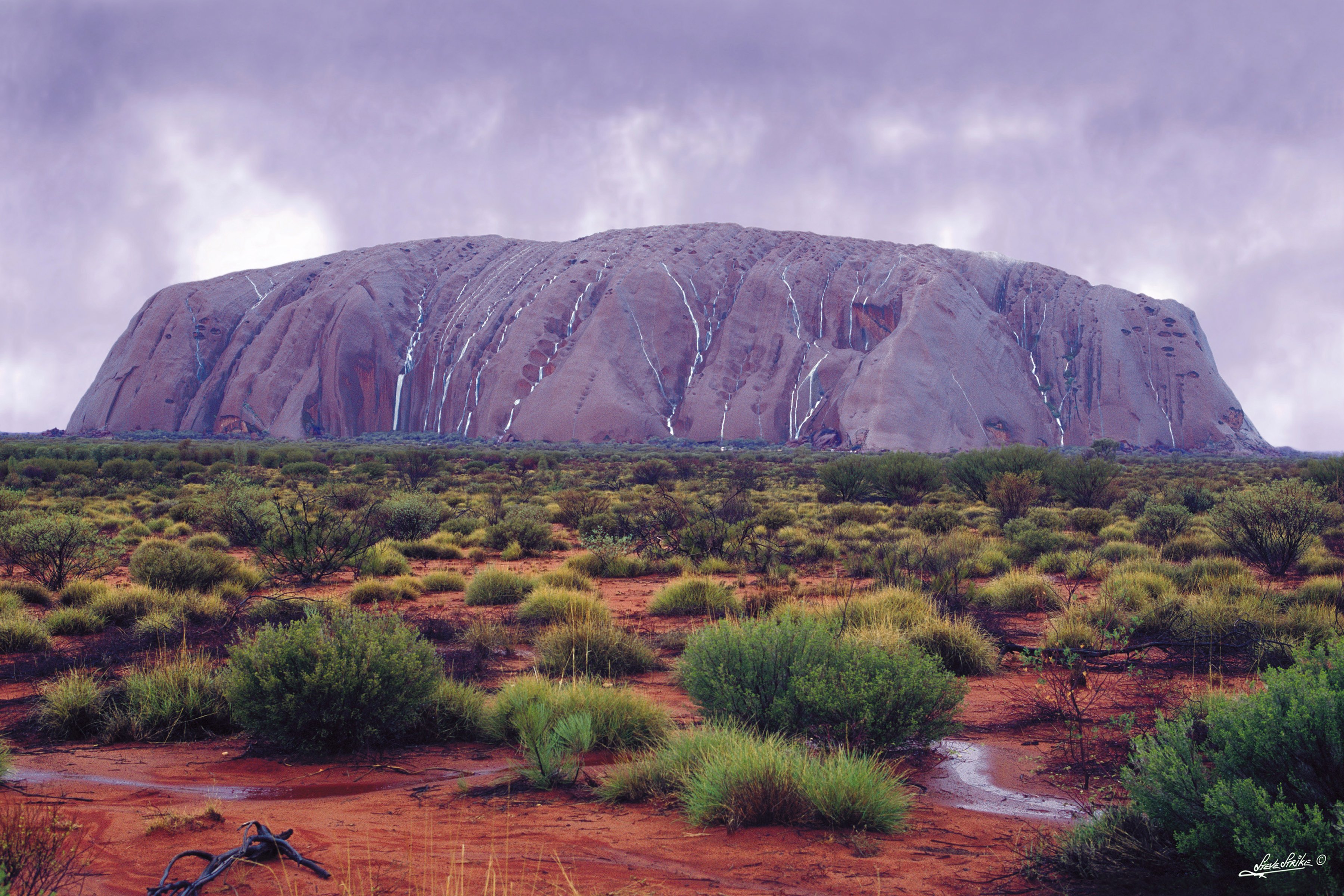
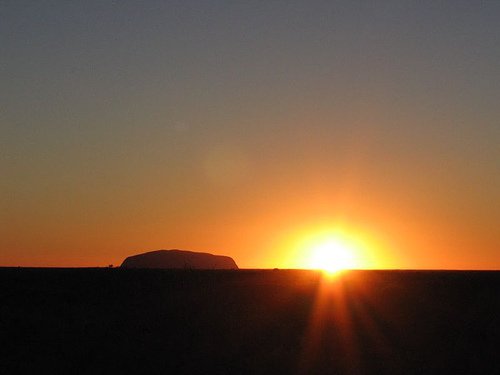
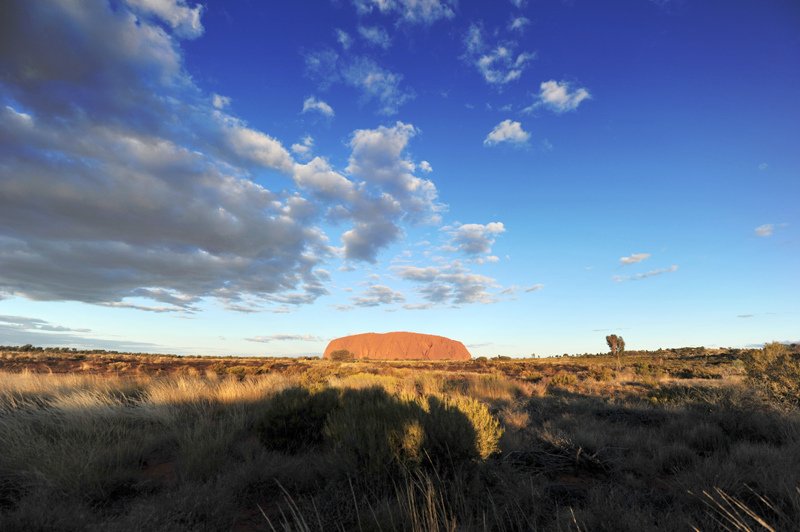
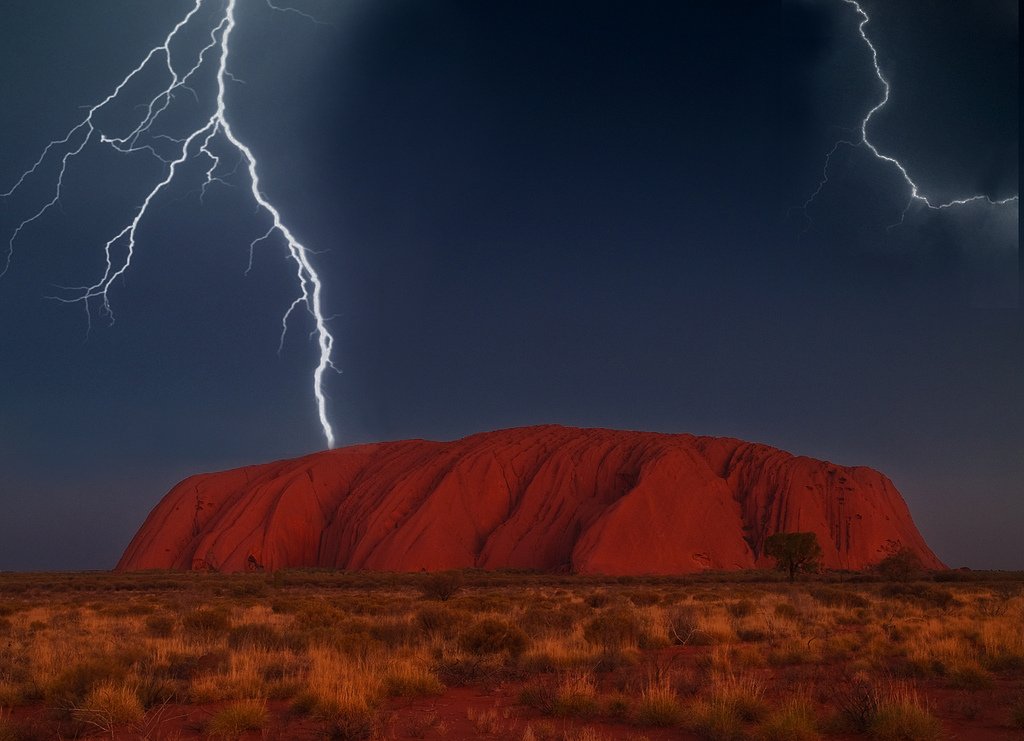
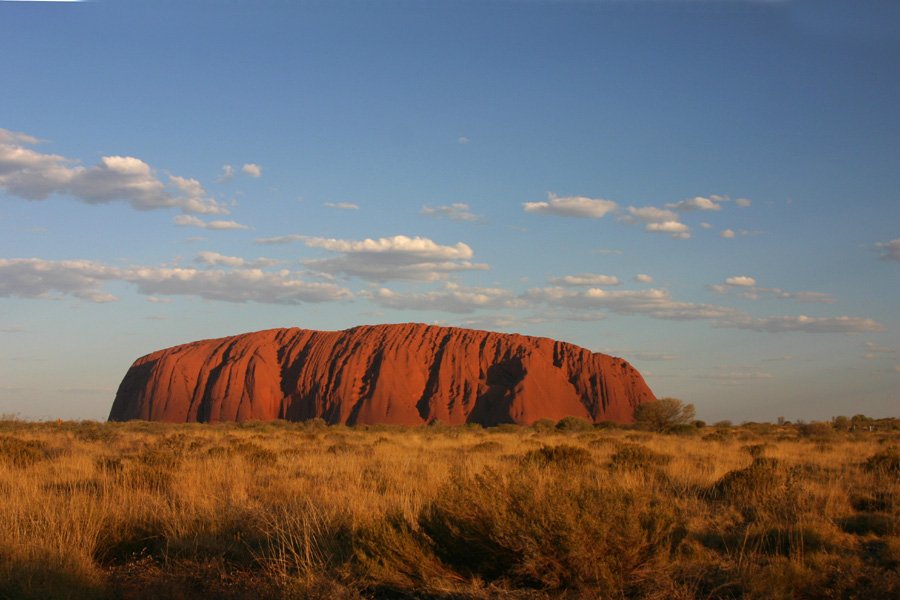
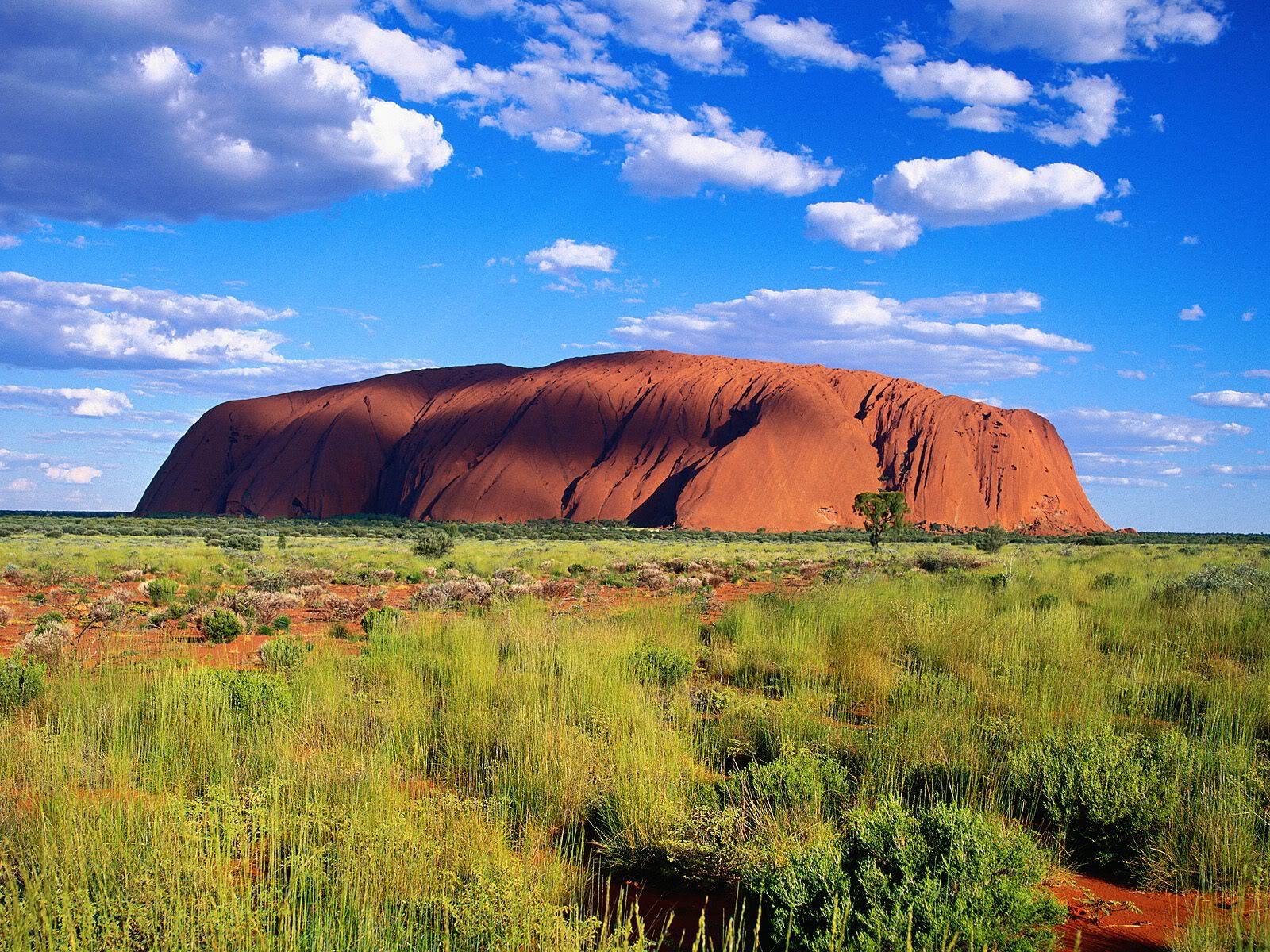
Video: Uluru
” title=”YouTube video player” frameborder=”0″ allow=”accelerometer; autoplay; clipboard-write; encrypted-media; gyroscope; picture-in-picture; web-share” allowfullscreen>Mount Uluru in Figures
- Uluru, also known as Ayers Rock, is 3.4km long and 2km wide. Its perimeter is about 9km.
- The visible part of Uluru rises 348 m above the plain, but about 6000 m of this rock formation is hidden beneath the surface. The maximum elevation above sea level is 869m.
- Uluru is composed of red sandstone formed 600 million years ago. .
- Uluru was inscribed on the UNESCO World Heritage List in 1987 .
General Information
In 1985, the Australian government officially returned both of these complexes, Uluru and Kata Tjuta, to the Northern Aboriginal Territories. The national park is located on their sacred land, in what they once believed to be the place where life itself originated.
>
Uluru can only be considered a geographical wonder because of its size. The red sandstone monolith protrudes an average of 348 meters above the plain, and its highest point is 869 meters above sea level. The visible part of the mountain is 3.4 km long and 2 km wide. Its perimeter is about 9 km. The monolith was formed about 680 million years ago, pushed out of the Earth’s interior under tremendous pressure. Tectonic activity compressed the clay and gravel and squeezed them to the surface.
Most tourists try to climb up the rock.
Most tourists try to climb to the top, although the locals would prefer not to. Every year someone is bound to die and others have to be rescued. There are great views from the plateau at the top of the cliff, and it is interesting to explore the summit, but the climb is very difficult, and if strong winds blow, sometimes the trail has to be closed. The trail around the cliff is 9 kilometers long, it may be worthwhile to follow it and see the various sites associated with Anangu culture.
.Like islands in the ocean, the Kata Tjuta complex looms on the horizon 50 km from Uluru. The first European to see Kata Tjuta in 1872 was Ernest Giles. He named these mountains “Olgas”, in honor of Queen Olga of Württemberg, the patroness of science and art in the 19th century.
Kata Tjuta is clearly younger than Uluru, being only 300 million years old. These rocks are not composed of red sandstone like Uluru, but of many intentionally compacted layers of gravel cemented with sand and clay. Fragments of granite, gneiss and volcanic rocks can be found among the forming rocks.
The local Anangu tribe considers both Uluru and Kata Tjuta to be sacred sites where a battle between snake men occurred in ancient times. They tell of a female python, Kunia, who crawled to Uluru to lay her eggs. As she finished laying, she heard that a venomous lyru, a brown snake, had killed her nephew. Wanting revenge, Kunia crawled to the foot of Uluru, to a place called Mutitulu. There she met one of Liru’s servants. She tried to bewitch him with a dance, but the servant raised her to laughter. In anger, she grabbed a handful of sand and threw it on the ground. And where the grains of sand fell, both trees and grasses became poisonous. But the servant Lyru kept laughing. At last Kunia seized her stick (vana) and struck him on the head. Her fury was so great that the second blow killed the servant Liru. The deep indentations from the blows of her stick are still visible on Uluru – they are sealed into the stone. Kunia and her nephew turned into rainbow snakes. They still live in Mutitulu and look after the Anangu tribe.
The Anangu, like most Aboriginal Australians, believe that the earth is a physical manifestation of the Dream (Tjukurpa), the timeless moment when the world was created. At this time, ancestral spirits inhabited the earth in the guise of humans and animals. Some of these spirits crawled out of the earth in the form of giant snakes, and it was they who gave the planet its present shape. The ancestral spirits also gave the laws that the Anangu follow to this day. Thus, these ancient beliefs are an important part of the spiritual culture for the Aboriginal people. Aborigines believe that the sacred place Uluru is endowed with a special power, it is the door between the world of humans and spirits. Anangu do not get tired of warning that Uluru to this day takes human lives and those who climb the mountain will not be happy. Some people do not believe these legends, but regular mysterious cases with wicked tourists confirm that in many respects the natives are right.
